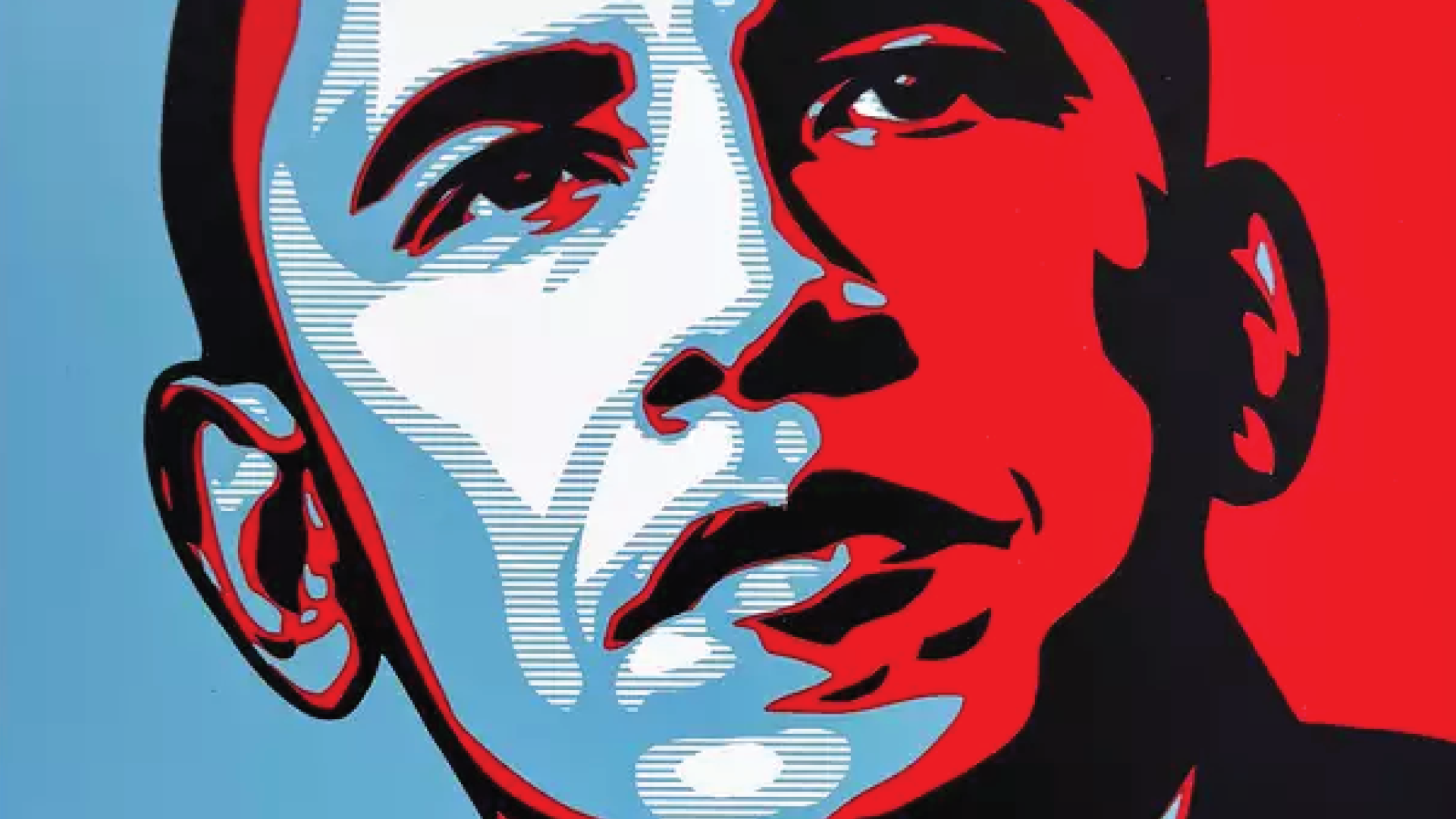
Creativity and design play a pivotal role in shaping political discourse and influencing public perception. In an era where visuals often speak louder than words, the integration of creative design into politics is more significant than ever. Whether it’s through campaign advertisements, political logos, posters, or social media visuals, design is a tool that can either foster engagement or fuel division.
At its core, creativity in politics serves as a bridge between the abstract ideas of policy and the tangible realities that resonate with the electorate. A well-designed campaign material has the potential to distill complex political issues into simple, digestible visual messages. For instance, during elections, candidates often rely on color schemes, typography, and imagery to symbolize their values or stances, with red and blue becoming synonymous with political party affiliation.
One of the most powerful uses of creativity in politics is in the realm of political campaigns. Political advertisements are not just a matter of getting a message across—they are a reflection of the identity and brand of the candidate. The visual design in these campaigns aims to connect emotionally with voters, building a sense of trust or hope. Iconic designs like the “Hope” poster featuring Barack Obama’s face by artist Shepard Fairey encapsulated a sense of optimism and change, which helped to energize supporters and establish a visual identity that transcended traditional political marketing.
Social media has taken this creative process to the next level, where visuals and design are crucial for gaining traction in an increasingly fast-paced digital world. Infographics, memes, and video clips are shared rapidly across platforms, influencing the way political messages are communicated. These formats require a new kind of design thinking, one that accommodates short attention spans and a flood of competing content.
However, design’s influence on politics isn’t always benign. It can be used to manipulate or obscure facts, creating a narrative that appeals to emotion rather than reason. For instance, propaganda and disinformation campaigns often rely on visually compelling designs to sway public opinion. The distortion of symbols, colors, and imagery can instill fear or rally support based on misleading or false representations of reality.
In conclusion, creativity and design are integral to modern politics, providing an avenue to engage, influence, and sometimes deceive the public. As politics increasingly blends with the visual culture of advertising and social media, the ethical use of design will remain crucial in ensuring that it serves democracy rather than distorting it.
—
At Impresa Brand360, we help clients stand out from their competitors and connect with their audience. get in touch to see how we can be of service for your brand and business: www.impresabrand360.comFollow us on LinkedIn: https://www.linkedin.com/company/impresa-brand360and Instagram: https://www.instagram.com/impresabrand360/

